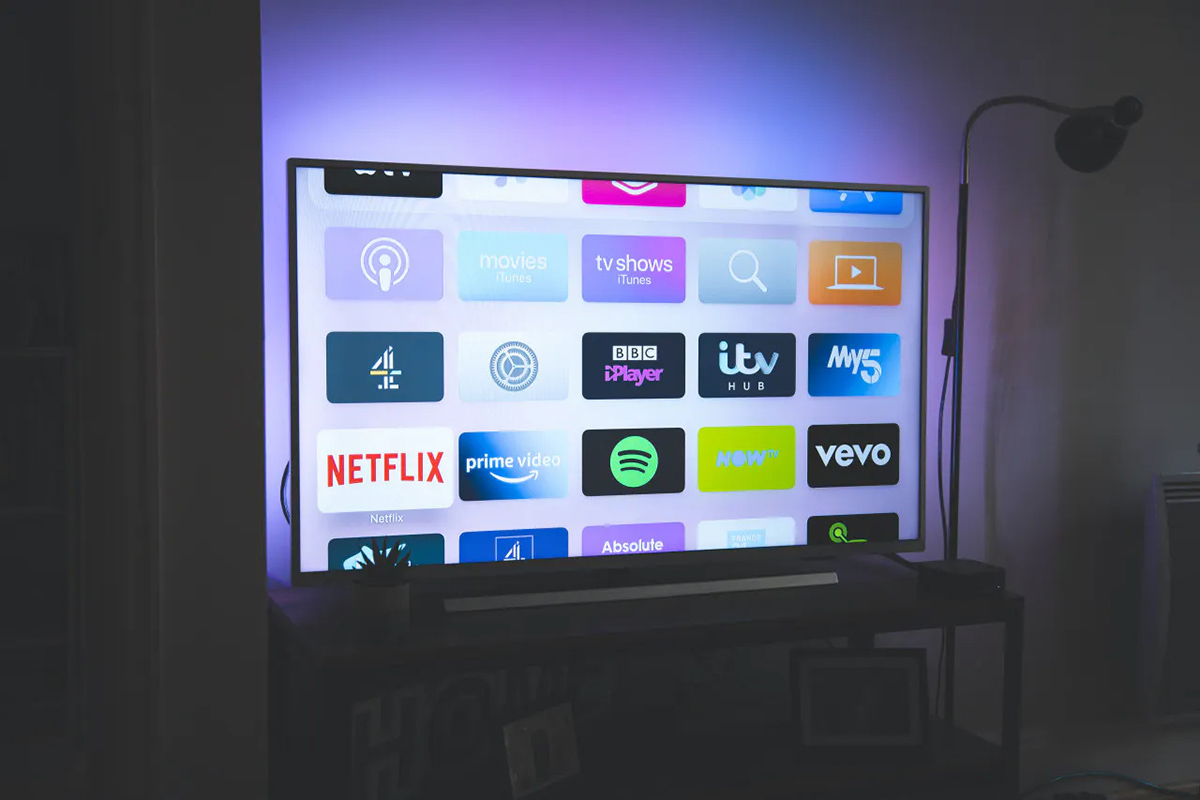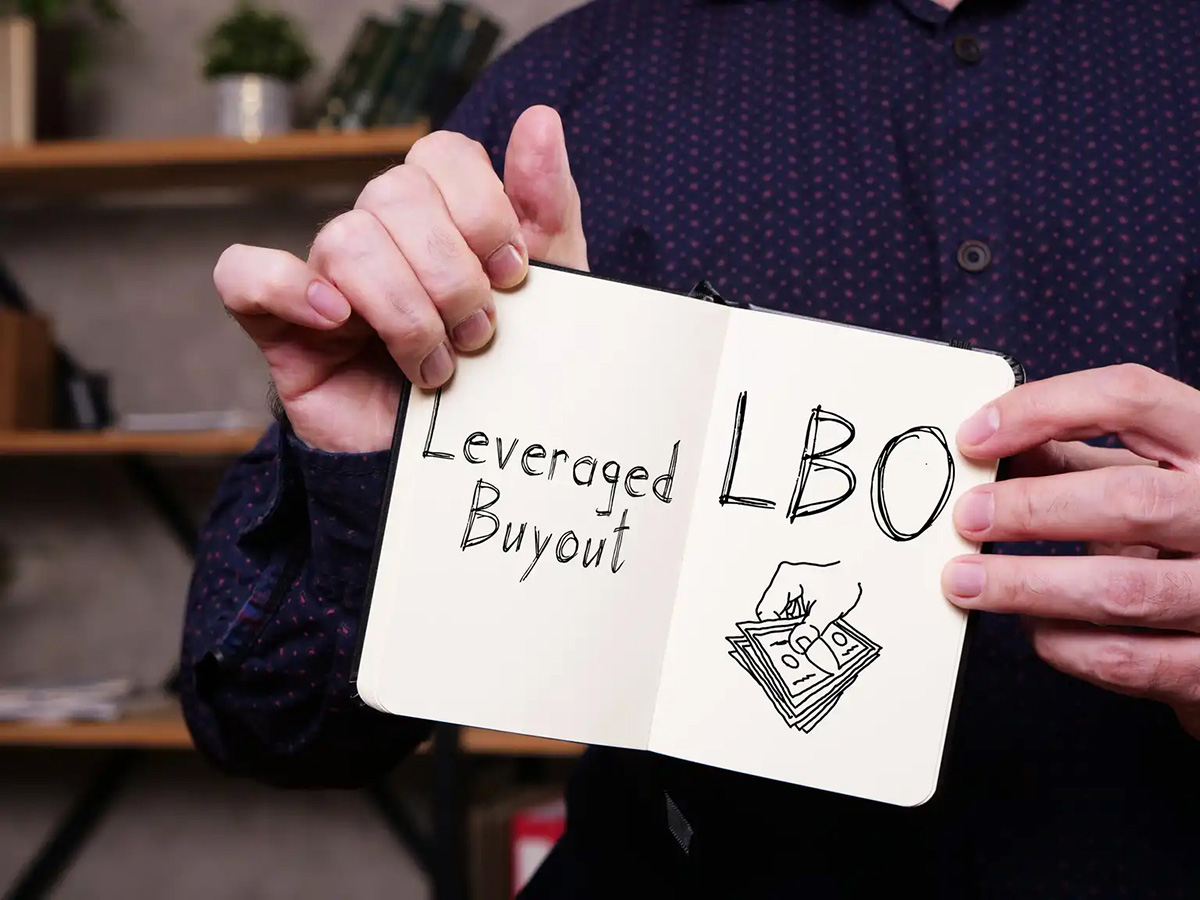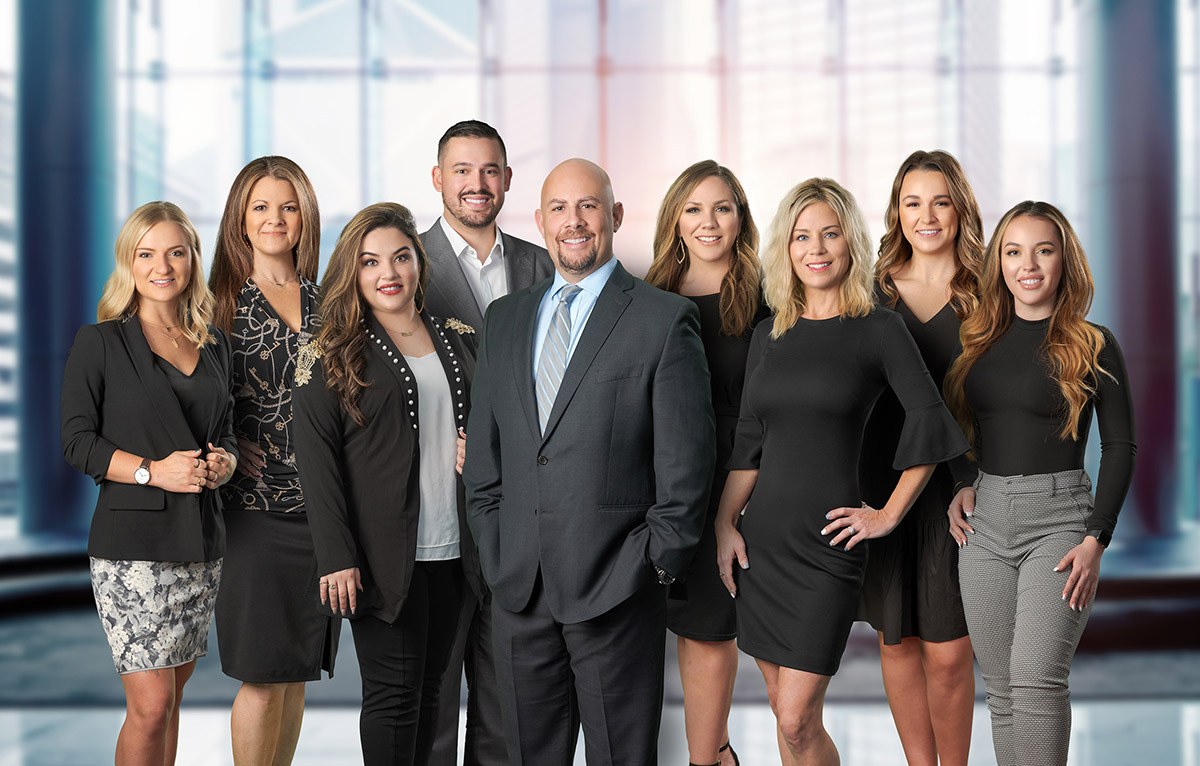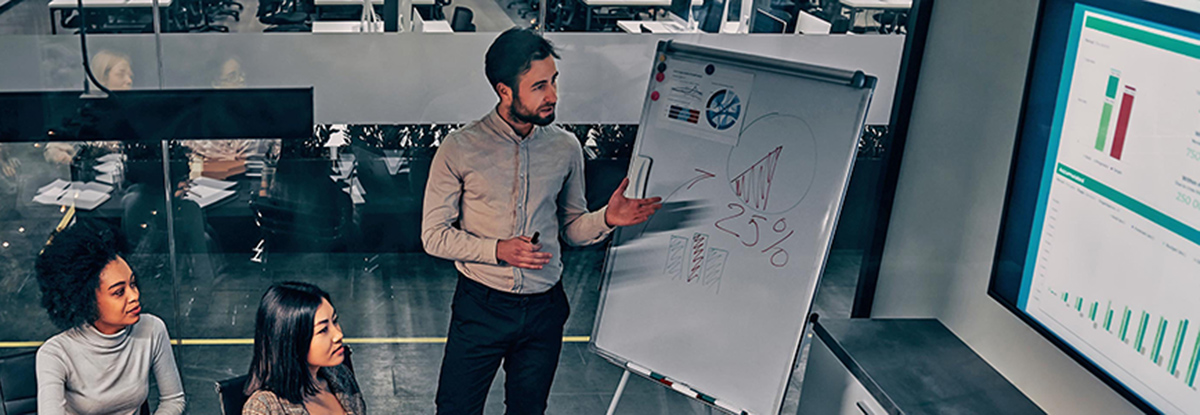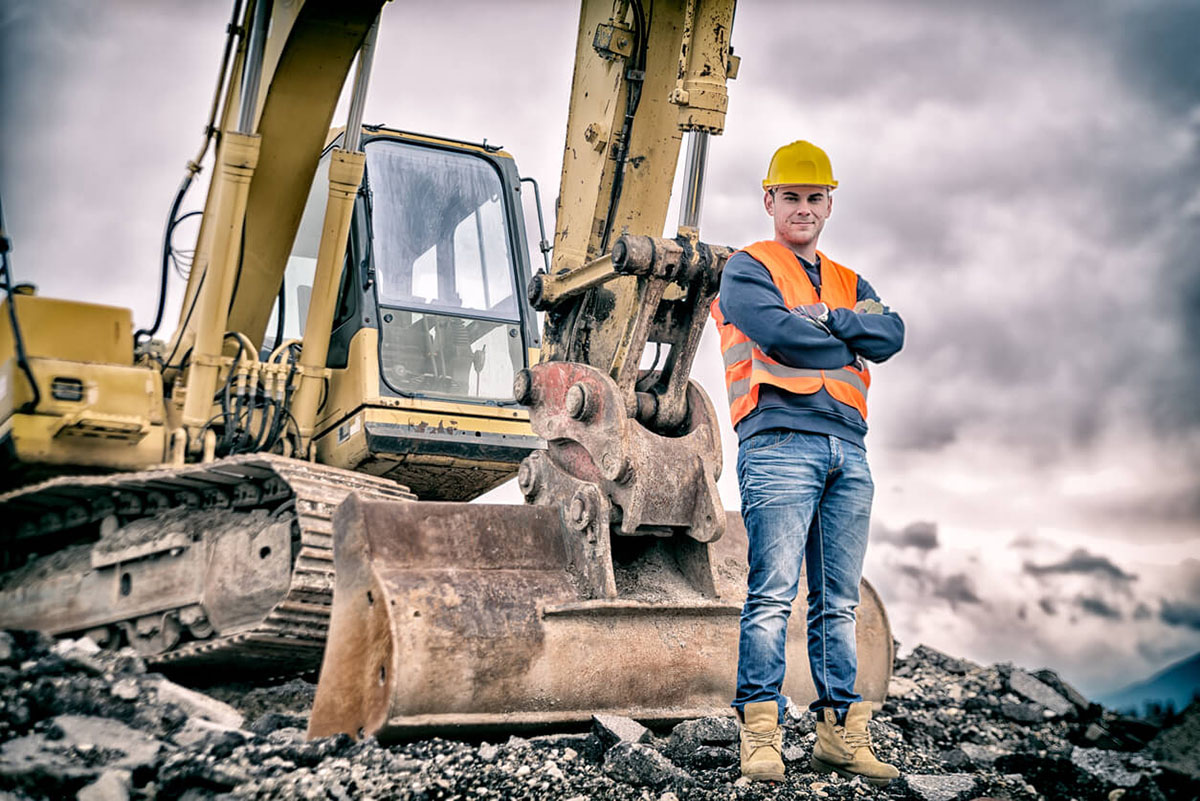

Finance
How Do Equipment Lease Buyouts Work
Modified: December 30, 2023
Discover how equipment lease buyouts work and the finance options available. Learn how to save money and gain ownership of equipment with buyout strategies.
(Many of the links in this article redirect to a specific reviewed product. Your purchase of these products through affiliate links helps to generate commission for LiveWell, at no extra cost. Learn more)
Table of Contents
Introduction
Equipment lease buyouts are an important consideration for businesses that utilize leased equipment. Whether you’re a small business owner or a large corporation, understanding how equipment lease buyouts work can help you make informed decisions about your leasing agreements and financial strategies.
An equipment lease buyout refers to the process of purchasing the leased equipment at the end of the lease term. This option provides businesses with the opportunity to acquire the equipment permanently and gain ownership rights. It can be a viable solution for companies that have grown reliant on the leased equipment and want to continue using it without entering into a new lease agreement or buying brand-new equipment.
To fully comprehend the concept of an equipment lease buyout, it is crucial to have a solid understanding of the equipment lease agreement. This contract outlines the terms, conditions, and obligations for both the lessor (the equipment owner) and the lessee (the company leasing the equipment). It specifies the lease period, monthly payments, and other specific terms that dictate the leasing process and potential buyout options.
There are various reasons why businesses opt for equipment lease buyouts. One primary reason is the flexibility it offers. Lease buyouts provide companies with the freedom to choose whether to continue leasing the equipment, return it, or purchase it outright. This decision depends on factors such as equipment usage, the company’s financial situation, and the equipment’s residual value.
Now, let’s dive deeper into understanding how equipment lease buyouts actually work.
What is an Equipment Lease Buyout?
An equipment lease buyout is a process where the company leasing the equipment has the option to purchase the equipment at the end of the lease term. Instead of returning the equipment to the lessor or entering into a new lease agreement, the lessee can choose to buy the equipment and become its permanent owner.
Lease buyouts can be structured in different ways, depending on the terms specified in the lease agreement. In some cases, the buyout price may be fixed in the contract, while in others, it may depend on the equipment’s fair market value at the end of the lease term. It is important to carefully review the lease agreement to understand the buyout options available and any associated costs.
One common type of equipment lease buyout is the $1 buyout or a nominal buyout. In this scenario, the lessee has the option to purchase the equipment for a token amount, usually $1, at the end of the lease term. This type of buyout gives the lessee the ability to acquire the equipment at a significantly reduced cost, making it an attractive option for businesses looking to own the equipment outright.
Another type of lease buyout is the fair market value (FMV) buyout. With an FMV buyout, the lessee has the option to purchase the equipment at its fair market value at the end of the lease term. The fair market value is determined based on the current market conditions and the equipment’s age, condition, and demand. The lessee can negotiate the buyout price or choose to return the equipment to the lessor.
Overall, an equipment lease buyout provides businesses with the flexibility to acquire leased equipment and gain ownership at the end of the lease term. It allows companies to continue using the equipment they have become accustomed to, eliminating the need to invest in new equipment or enter into new lease agreements. However, it is essential to carefully assess the financial implications and potential benefits of a lease buyout before making a decision.
Understanding the Equipment Lease Agreement
To fully comprehend the process of an equipment lease buyout, it is important to have a clear understanding of the equipment lease agreement. This contract outlines the terms, conditions, and obligations for both the lessor (the equipment owner) and the lessee (the company leasing the equipment).
The lease agreement typically includes information such as the lease term, monthly payments, maintenance responsibilities, and any provisions for a lease buyout. It is essential to carefully review and understand all the terms specified in the agreement before signing it, as it will govern the leasing process and potential buyout options.
The lease term refers to the duration for which the equipment will be leased. It can vary depending on the agreement between the lessor and the lessee. The monthly payments, also known as lease payments, are the amount the lessee is obligated to pay to the lessor for the use of the equipment during the lease term.
Maintenance obligations should also be clearly defined in the lease agreement. Some agreements stipulate that the lessee is responsible for routine maintenance and repairs, while others may include maintenance services provided by the lessor. It is crucial to understand who is responsible for maintenance and factor in any associated costs when considering a lease buyout.
The lease agreement may also specify the lease buyout options available at the end of the lease term. It is important to understand these options and any associated costs. Some agreements may include a fixed buyout price, while others may require the lessee to negotiate the buyout price based on the fair market value of the equipment at that time.
Before signing an equipment lease agreement, it is crucial to carefully review all the terms and conditions, seeking legal advice if necessary. Understanding the lease agreement will help you navigate the leasing process and make informed decisions about a potential lease buyout.
Reasons for Opting for a Lease Buyout
There are several reasons why businesses may choose to opt for an equipment lease buyout instead of returning the leased equipment or entering into a new lease agreement. Let’s explore some of the common reasons why companies choose this option:
- Equipment Dependence: Over the course of the lease term, businesses may become heavily reliant on the leased equipment. This equipment may be tailored specifically to their operations and processes. Opting for a lease buyout allows them to retain and continue using the familiar equipment without any disruptions.
- Cost Savings: In some cases, lease buyouts can offer cost savings compared to entering into a new lease agreement or purchasing brand-new equipment. By acquiring the leased equipment at the end of the lease term, businesses can avoid additional leasing fees or the high upfront costs associated with purchasing new equipment.
- Ownership Benefits: Owning the equipment provides businesses with certain advantages. They have the flexibility to customize or modify the equipment to meet their specific needs. Additionally, ownership allows for potential tax benefits, including depreciation deductions and the ability to sell or trade the equipment in the future.
- Equipment Adaptation: If the leased equipment has become an integral part of the business’s operations and processes, it may be more efficient to adapt the equipment to suit their evolving needs. Owning the equipment through a lease buyout allows businesses to make modifications or upgrades as necessary without the constraints of a leasing agreement.
- Contract Flexibility: Lease agreements often come with certain restrictions and limitations. Opting for a lease buyout provides greater contract flexibility, allowing businesses to have more control over the use and maintenance of the equipment. They are not bound by the terms specified in the lease agreement and can make decisions based on their specific requirements.
Before deciding on an equipment lease buyout, it is important for businesses to assess their financial situation, future equipment needs, and the buyout options outlined in the lease agreement. By carefully evaluating these factors, businesses can make an informed decision that aligns with their long-term goals and objectives.
How Does an Equipment Lease Buyout Work?
An equipment lease buyout is a process that allows businesses to purchase the leased equipment at the end of the lease term. The specific steps involved in a lease buyout may vary depending on the terms outlined in the lease agreement. Here is a general overview of how an equipment lease buyout typically works:
- Review the Lease Agreement: Start by thoroughly reviewing the lease agreement to understand the buyout options and any associated costs. Take note of the buyout price or the method used to determine the buyout price, such as fixed or fair market value.
- Evaluate the Equipment: Assess the condition and functionality of the leased equipment. Consider factors such as its age, maintenance history, and future usefulness to determine if it is worth purchasing through a buyout.
- Consider Financing Options: Determine how you plan to finance the buyout. This could involve using available cash reserves, obtaining a loan, or exploring lease financing options specifically designed for buyouts. Evaluate the cost-effectiveness of each option based on interest rates, repayment terms, and overall affordability.
- Negotiate the Buyout Terms: If the lease agreement allows for negotiation of the buyout price, engage in discussions with the lessor to potentially secure a lower purchase price. Consider factors such as the fair market value, the equipment’s condition, and the lessor’s willingness to negotiate.
- Execute the Buyout: Once the terms and pricing have been agreed upon, formally communicate your decision to exercise the buyout option to the lessor. Ensure all necessary paperwork is completed, including any transfer of ownership documents.
- Arrange for Payment: Make the necessary arrangements to fulfill the financial obligations of the buyout. This may involve making a lump-sum payment, setting up a payment plan, or securing financing as outlined in the agreed-upon terms.
- Obtain Ownership: Upon completing the payment and fulfilling all contractual obligations, you will officially become the owner of the equipment. Update your records to reflect the change in asset ownership, including accounting and tax records.
It’s crucial to note that the process of an equipment lease buyout may differ depending on the lease agreement and the specific terms negotiated between the lessor and the lessee. By carefully reviewing the lease agreement, evaluating the equipment’s value, and considering various financing options, businesses can navigate the buyout process smoothly and successfully acquire the leased equipment.
Types of Equipment Lease Buyouts
When considering an equipment lease buyout, it’s important to understand the different types of buyouts available. The type of lease buyout will depend on the terms and conditions outlined in the lease agreement. Here are some common types of equipment lease buyouts:
- $1 Buyout: Also known as a nominal buyout or dollar buyout, this type of buyout allows the lessee to purchase the leased equipment for a token amount, typically $1, at the end of the lease term. With a $1 buyout, the lessee obtains full ownership of the equipment and assumes responsibility for all maintenance and operating costs.
- Fair Market Value (FMV) Buyout: In an FMV buyout, the purchase price is based on the fair market value of the equipment at the end of the lease term. This value is determined by factors such as the equipment’s age, condition, and current market demand. The lessee has the option to negotiate the buyout price or return the equipment to the lessor.
- Fixed Buyout Price: Some lease agreements specify a fixed buyout price, which is predetermined at the beginning of the lease term. This fixed price remains the same regardless of the equipment’s fair market value or changes in its condition. The lessee has the assurance of knowing the exact amount required to purchase the equipment at the end of the lease term.
- Early Buyout: In some cases, lease agreements may allow for an early buyout option. This enables the lessee to purchase the equipment before the end of the lease term. However, it’s important to review the terms and conditions surrounding early buyouts, as there may be penalties or additional costs associated with terminating the lease early.
- Lease-to-Own: A lease-to-own arrangement combines the benefits of leasing and ownership. In this type of buyout, a portion of each lease payment goes towards the purchase price of the equipment. At the end of the lease term, the lessee has the option to buy the equipment by paying the remaining balance or negotiate a reduced buyout price based on the payments already made.
Understanding the different types of equipment lease buyouts is essential, as they offer varying benefits and considerations. Carefully review the lease agreement to determine which type of buyout is available and best suits your business’s needs and financial objectives.
Factors to Consider Before Choosing a Lease Buyout
Deciding whether to pursue an equipment lease buyout requires careful consideration of various factors. Evaluating these factors will help you make an informed decision that aligns with your business’s needs and financial situation. Here are some key factors to consider before choosing a lease buyout:
- Equipment Value: Assess the value of the leased equipment at the end of the lease term. Consider factors such as its age, condition, and market demand. If the equipment has depreciated significantly or its functionality has diminished, it may not be cost-effective to pursue a buyout.
- Buyout Price: Review the lease agreement to understand the buyout options and associated costs. Compare the buyout price with the current market value of similar equipment. Evaluate whether the buyout price is reasonable and provides a cost advantage compared to alternative options, such as purchasing new equipment.
- Financial Implications: Analyze the financial impact of the buyout. Consider the available cash reserves, cash flow, and the effect of the buyout on your overall budget. Assess whether financing the buyout through a loan or lease financing is a viable option and if the additional debt is manageable.
- Equipment Needs: Evaluate your ongoing equipment needs and the suitability of the leased equipment. Consider factors such as technological advancements, changes in your business operations, and any future requirements. Determine whether the leased equipment can continue to meet your needs or if it would be more beneficial to explore new leasing or purchasing options.
- Ownership Benefits: Consider the benefits of owning the equipment. Evaluate factors such as customization options, potential tax advantages, and the ability to sell or trade the equipment in the future. Ownership provides greater flexibility and control over the equipment, allowing for modifications and upgrades as needed.
- Alternative Leasing Options: Explore alternative leasing options and compare them to a lease buyout. Consider factors such as lease terms, monthly payments, equipment maintenance, and the ability to upgrade or exchange equipment. Assess whether a new lease agreement provides better terms or more suitable equipment for your business.
By carefully evaluating these factors, you can make a well-informed decision about whether to pursue an equipment lease buyout. Consulting with financial advisors or industry experts can also provide valuable insights to guide you in making the best choice for your business. Remember to thoroughly review the lease agreement and consider the long-term implications and benefits of a lease buyout.
Pros and Cons of Equipment Lease Buyouts
Before making a decision about an equipment lease buyout, it is important to consider the pros and cons. Understanding the advantages and disadvantages of this option will help you determine if it is the right choice for your business. Here are some key pros and cons to consider:
Pros:
- Ownership: One significant benefit of an equipment lease buyout is the opportunity to gain ownership of the equipment. Owning the equipment provides flexibility and control over its use, customization, and potential tax benefits.
- Cost Savings: In some cases, a lease buyout can be a cost-effective option compared to entering into a new lease agreement or purchasing new equipment. It allows you to avoid additional leasing fees or the upfront costs associated with buying new equipment.
- Equipment Dependence: If your business heavily relies on the leased equipment and you have become accustomed to its performance and functionality, a lease buyout allows you to continue using the familiar equipment without disruptions.
- Contract Flexibility: Lease buyouts provide businesses with greater contract flexibility. Once the equipment is owned, there are no longer restrictions or limitations imposed by the lease agreement. You have the freedom to make modifications, sell, or trade the equipment as needed.
- Customization: Owning the equipment gives you the ability to customize and tailor it according to your specific requirements. You can modify the equipment to better suit your business processes and operational needs, enhancing efficiency and productivity.
Cons:
- Financial Investment: An equipment lease buyout requires a financial investment. You need to evaluate the costs associated with the buyout, such as the purchase price, any outstanding lease payments, and potential financing expenses. This can affect your cash flow and overall budget.
- Equipment Value: The value of the equipment at the end of the lease term is a crucial consideration. If the equipment’s value has significantly depreciated or if it is outdated, the buyout may not be cost-effective. It’s important to assess whether the equipment will continue to meet your needs in the long term.
- Maintenance Responsibilities: Once you own the equipment, you are responsible for all maintenance and repair costs. This could increase your operational expenses and require ongoing investment in maintenance, especially for older equipment that may require more frequent repairs.
- Limited Upgrade Options: Choosing a lease buyout means committing to the purchased equipment for its lifespan. If technology advances or your business requirements change, you may be limited in your upgrade options. This can hinder your ability to stay competitive or adapt to evolving industry trends.
- Opportunity Cost: Opting for a lease buyout means forgoing the option to explore new leasing arrangements or invest in other areas of your business. It’s important to weigh the potential benefits of owning the equipment against the potential opportunities you may be relinquishing.
By carefully considering these pros and cons, you can make an informed decision about whether an equipment lease buyout aligns with your business goals, financial situation, and long-term needs. It is crucial to assess the specific circumstances and consult with financial advisors or industry experts to make the best choice for your business.
Conclusion
Understanding the concept of equipment lease buyouts is crucial for businesses that rely on leased equipment. By considering the pros and cons, as well as evaluating factors such as the equipment’s value, financial implications, and long-term needs, you can make an informed decision about whether a lease buyout is the right choice for your business.
Lease buyouts provide businesses with the opportunity to gain ownership of the leased equipment, offering flexibility, customization options, and potential cost savings compared to new leases or equipment purchases. By exercising a lease buyout, you can continue using the equipment you have become familiar with and adapt it to meet your evolving needs.
However, it’s important to carefully review the lease agreement, assess the equipment’s value, and consider the financial implications. Owning the equipment entails maintenance responsibilities and may limit your upgrade options. Additionally, you need to evaluate the costs associated with the buyout and ensure it aligns with your budget and long-term business strategy.
Ultimately, the decision to pursue an equipment lease buyout should be based on thorough evaluation, considering your business’s specific circumstances and goals. Consulting with financial advisors and industry experts can provide valuable insights to guide you in making the best choice for your business.
Remember, an equipment lease buyout is an investment in your business. By conducting proper due diligence and assessing the benefits and drawbacks, you can make a decision that supports your company’s growth, financial stability, and operational success.
